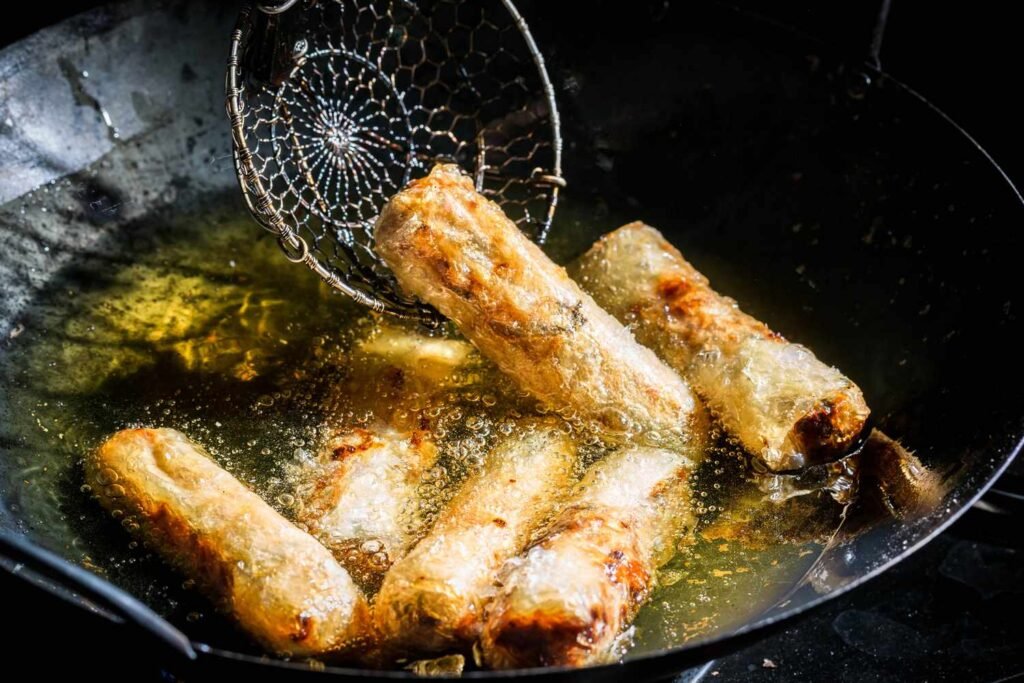Frying food is a beloved culinary tradition that spans across different cultures and cuisines. From Southern fried chicken to Japanese tempura, fried dishes are deeply satisfying and offer a signature crunch that is hard to resist. However, achieving the perfect fried dish requires attention to detail and a good understanding of the frying process.
One of the key elements of successful frying is using the right equipment. Whether you are deep-frying, shallow frying, or indulging in specialty frying like a whole turkey, having the appropriate pot and tools is essential. For deep-frying, a countertop fryer or a heavy pot that can hold enough oil without splashing is ideal. For shallow frying, a sturdy skillet that conducts heat evenly is necessary. Additionally, having tools like a reliable thermometer, spider strainer, and tongs will make the frying process smoother and safer.
When it comes to choosing the right oil for frying, understanding the smoke point, refinement, and stability of different oils is crucial. Oils like canola, peanut, sunflower, safflower, and grapeseed are recommended for deep-frying due to their high smoke points and neutral flavors. For shallow frying, options like extra-virgin olive oil and unrefined coconut oil can be used, but they are best suited for quick and moderate heat frying.
Another important tip for successful frying is to keep water away from hot oil. Water and hot oil do not mix well and can cause dangerous splattering. Ensuring that your ingredients are dry before they go into the pan, especially when frying moist foods like fish and vegetables, is essential. Using a standard breading procedure can help create a protective coating that prevents moisture from causing splattering.
In conclusion, mastering the art of frying requires attention to detail, the right equipment, and a good understanding of oils and their properties. By following these top five basics of frying, you can achieve light, crisp, and delicious fried dishes that will satisfy your cravings and impress your guests. Frying food can be a delicious way to achieve a crispy and flavorful dish, but it can also be a dangerous cooking method if not done properly. One wrong move can lead to hot oil splattering, burns, and even fires. To ensure a safe and successful frying experience, it’s important to follow some key tips and guidelines.
One of the most important rules of frying is to never leave the scene of the fry. When you’re frying, it’s crucial to stay attentive and focused on the task at hand. Walking away for even a moment can lead to disastrous consequences, as oil can quickly reach its smoke point and potentially catch fire. To prevent this, make sure to set up your frying station before turning on the heat and keep everything within arm’s reach. Avoid multitasking while frying and use a timer to help you stay on track. Pay attention to the sound of the oil – steady sizzling and bubbling is a good sign, while complete silence or loud popping noises indicate that something is wrong.
Another important tip is to avoid making a splash when adding food to the hot oil. Instead of dropping food in from a height, gently ease it into the oil using a spider, slotted spoon, or tongs. This slow and steady approach helps prevent splattering and ensures that the temperature of the oil remains stable. It also allows the food to cook evenly and crisp up properly, rather than becoming greasy. Dropping food into the oil too forcefully can cause it to splatter and potentially ignite, so a gentle touch is key to a successful frying experience.
By following these tips and staying vigilant while frying, you can enjoy delicious and crispy dishes without putting yourself at risk. Remember to always prioritize safety in the kitchen and never leave hot oil unattended. With the right techniques and precautions, you can master the art of frying and create mouthwatering dishes with confidence.


